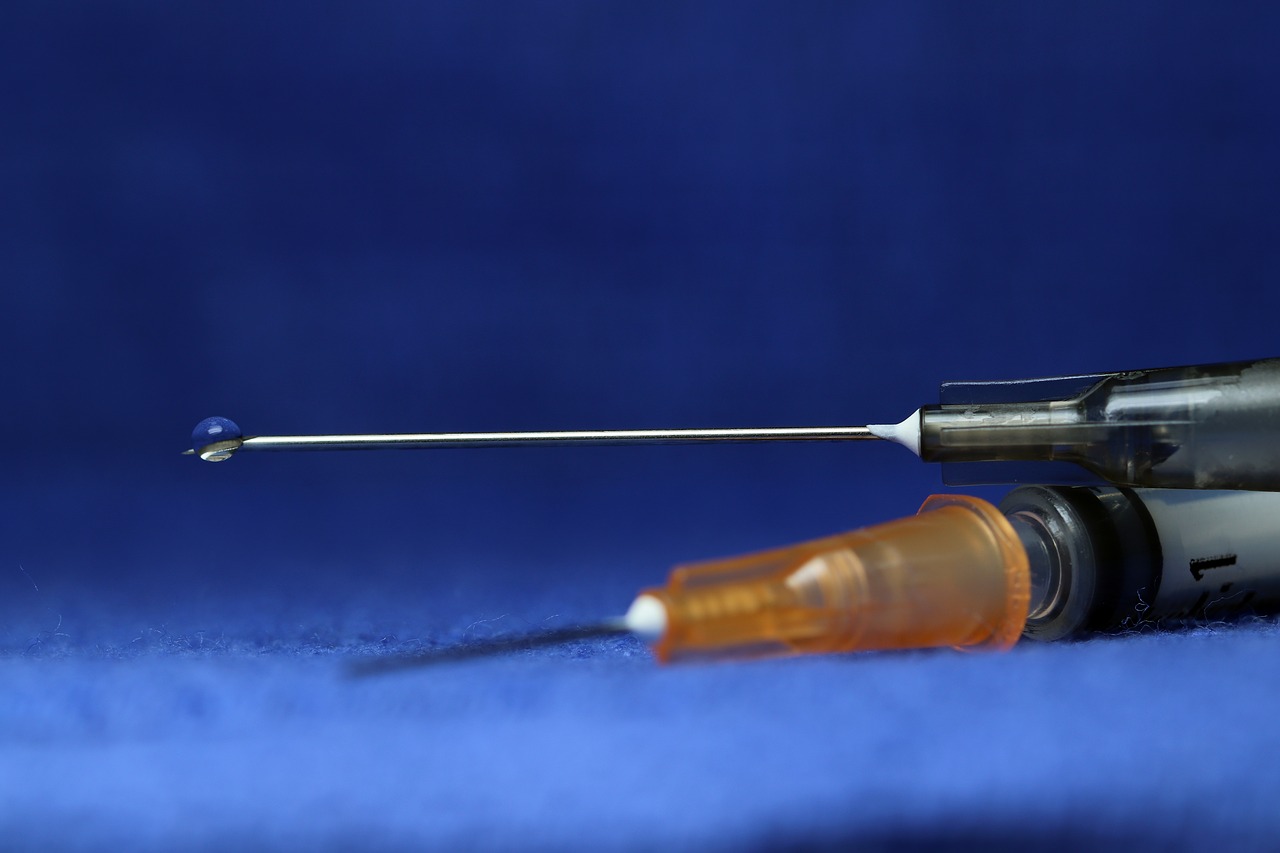The coronavirus pandemic has forced a number of technological advances in the delivery of medicine, especially in telehealth and remote critical care. The pandemic has also galvanized physician-scientists and researchers to think more creatively and utilize unique tools.
One of the best examples of this is the covid-19 vaccines currently in development. Both the Pfizer and Moderna vaccines are based on synthetic messenger RNA (mRNA). This is a novel approach to vaccine development: scientists have long been aware of the vast potential of mRNA, but have never been able to develop a working mRNA vaccine or drug. If the Moderna or Pfizer vaccines receive FDA approval, they will be the first to use this genetic technology.
A Lackluster Start to Research on the Potential of mRNA
The synthetic mRNA used in the COVID-19 vaccine is based on the mRNA that naturally exists in the body and directs the production of proteins in various cells. The theory behind mRNA-vaccines is simple. By tweaking naturally occurring mRNA, scientists could theoretically direct cells to manufacture a certain protein—such as antibodies that provide protection from disease.
The story of mRNA research begins with Katalin Karikó, a scientist born in Hungary who is now a senior VP at BioNTech, the company partnered with Pfizer on their covid-19 vaccine. In the 1990s, she sought several grants looking for support for her research on mRNA, but received rejection after rejection. Nor did many of her colleagues believe in her work.
In the body, mRNA tells cells which proteins to make, so in theory it makes sense to hijack the existing machinery in the cell to make whatever protein could fight disease or protect against it. The model was successfully implemented in mice, but getting support to start human testing was difficult. To be fair, mRNA-based treatments have been relatively risky. Synthetic RNA is notoriously vulnerable to the body’s natural defense mechanism: it can be destroyed before it can even reach a cell, and this immune response might harm the patient.
Overcoming the Primary Obstacle to mRNA-Based Treatment
Although Karikó pressed on, she did not get funding and was eventually demoted from her tenure-track position at the University of Pennsylvania because her mRNA work received no support. Still, she continued to pursue this research and eventually figured out a solution to the main problem plaguing synthetic mRNA.
Each strand of mRNA contains four nucleosides. The synthetic process causes one of these nucleosides to become misaligned and trigger the body’s immune response. Karikó essentially substituted this nucleoside with a tweaked version and created a synthetic mRNA that did not trigger an immune reaction. This groundbreaking discovery, made in 2005, was not widely celebrated, but it gave a boost to the work of other mRNA researchers.
In 2009, a research lab at Harvard used this approach to reprogram adult cells into stem cells, which are medically useful because they can be developed into several different lineages. This finding later triggered the foundation of Moderna; the name is a play on “modified RNA.” Researchers in Germany also took note of Karikó’s findings and eventually founded BioNTech. The company brought Karikó on board in 2013 to oversee its work in mRNA.
Moderna went on to raise more than a billion dollars within five years to fund its research and another billion before it finally went public in 2018. BioNTech has operated under the radar by and large—it issued no press releases for its first five years—but earned a market valuation of $3.4 billion when it went public in 2018.
The Current State of mRNA Technology in Healthcare
Both companies used the genetic code for covid-19 published by scientists in China to work on their mRNA vaccines—they did not require a sample of the virus itself, just the code. The vaccines developed by both companies are remarkably different, with different chemical structures and production processes. Additionally, each vaccine delivers the mRNA into cells in different way. However, both options require two shots a few weeks apart to achieve efficacy.
Because no mRNA treatments or vaccines have earned FDA approval, some experts worry about administering either option to hundreds of millions of people without further testing. Still, early data on the effectiveness of these vaccines is extremely promising. Trials of the Pfizer-BioNTech vaccine show that it is 95% effective in preventing covid-19. On November 20, partner companies applied for emergency authorization of the vaccine in the US.
Moving forward, advances in mRNA could truly revolutionize medicine. As researchers at Moderna, Pfizer, and BioNTech have all recognized, the potential of mRNA is virtually limitless in terms of treatment modalities and disease prevention. The anxiety about introducing a vaccine quickly is warranted, but the pandemic has expedited the development of other technologies that will also change the face of medicine for years to come.
If these vaccines prove successful, it is exciting to think about the possibilities of developing other treatments with synthetic mRNA. For now, the world is excitedly waiting to see how these vaccines perform, especially in relation to vaccine candidates developed using traditional approaches.

